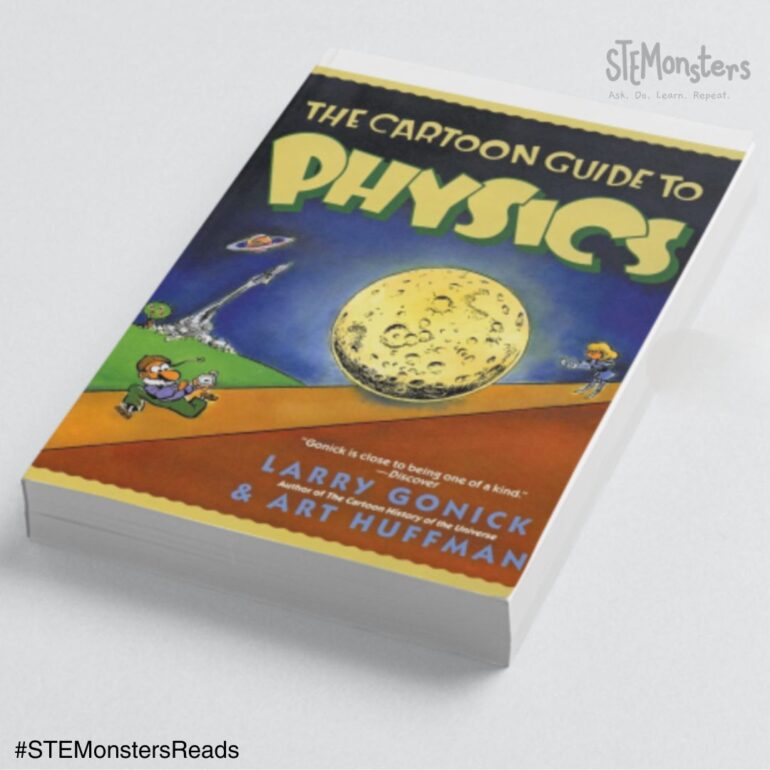We have been exploring aerodynamics for a while now and understanding the key features that make a good aerodynamic design for an airplane. After a few sessions of paper plane designing, a Grade 8 student observed that we always folded the wingtip of the paper planes slightly upwards. Interestingly, this upward bent of the wingtips is a key element of the wing design of real aeroplanes/gliders as well, not just paper planes. They are known as winglets.
The primary function of the winglets is to reduce drag of the airplane. This, in turn, improves its fuel efficiency as well as stability. When an airplane moves in air at high speed, vortices are formed at the wingtips due to air moving up from the high pressure areas below the wings to the low pressure areas above it. This causes wind vortices that generate a lot of drag for the airplane, which can be reduced significantly by using optimally designed winglets. Surprisingly, however, not all airplanes use them. The reason is that the design of winglets can be quite complex. So, when there is no restriction on the wingspan (size of wings), aeroplane manufacturers simply prefer to increase the size of the wings rather than adding winglets to the wingtips. For more information on winglets, click here.
Latest News
Know more about our After-School programsRegister NOW - Winter Coding Workshop!Subscribe to our monthly Newsletter for High-SchoolersKnow more about our After-School programsRegister NOW - Winter Coding Workshop!Subscribe to our monthly Newsletter for High-SchoolersKnow more about our After-School programsRegister NOW - Winter Coding Workshop!Subscribe to our monthly Newsletter for High-Schoolers
You might also like
STEMonsters opens up the fun world of science, math and technology to children, so they explore the world around them with a scientific mindset and approach higher learning with ease.
Quick Links
Customer Support
Contact Us
- Akshaya Gardens, Akshayanagar, Bengaluru, Karnataka 560068
- +91-9741165171
- [email protected]
© 2025 | STEMonsters Education Pvt. Ltd.














